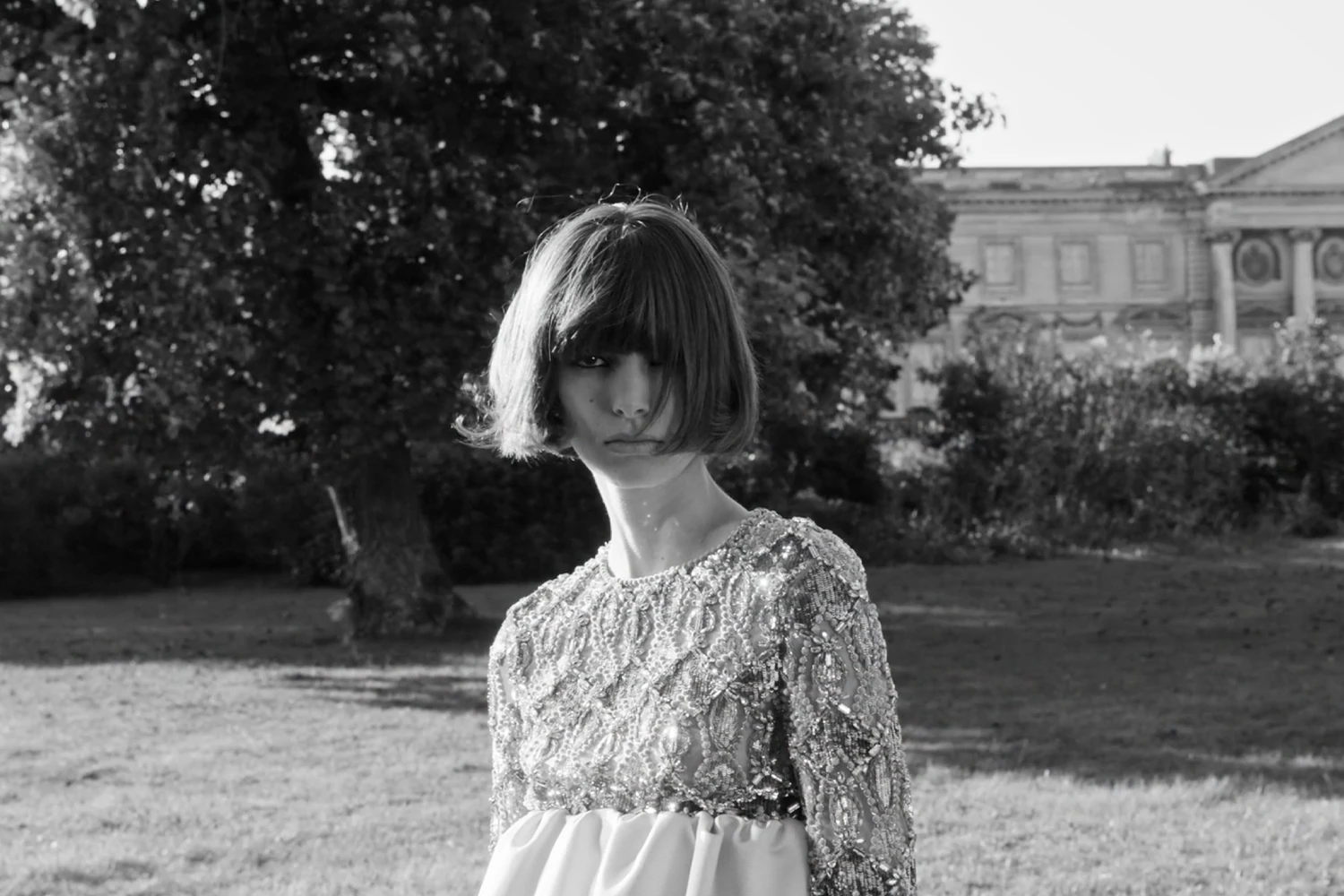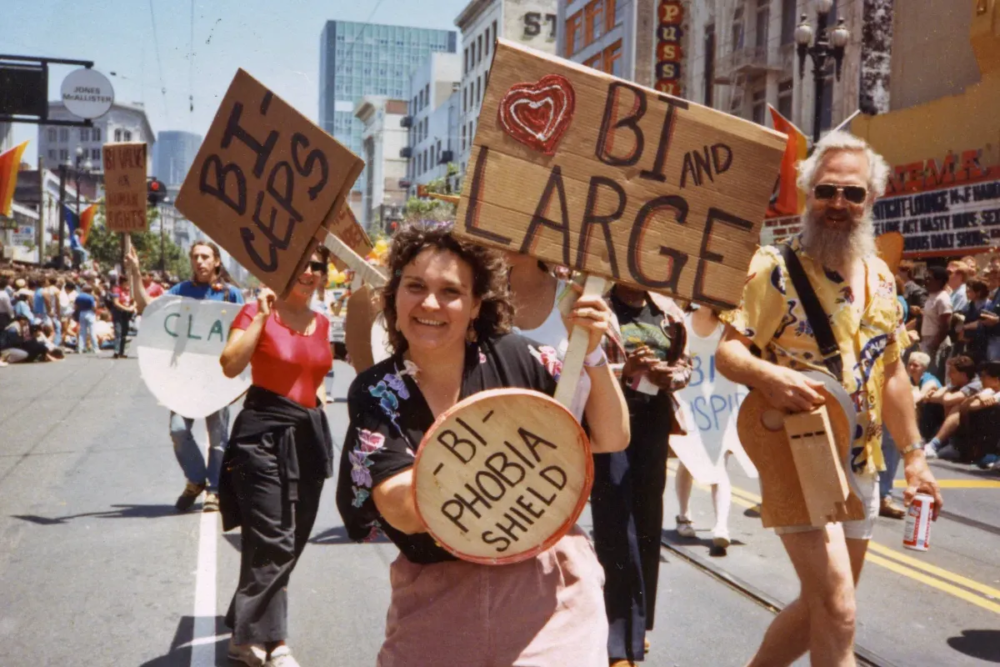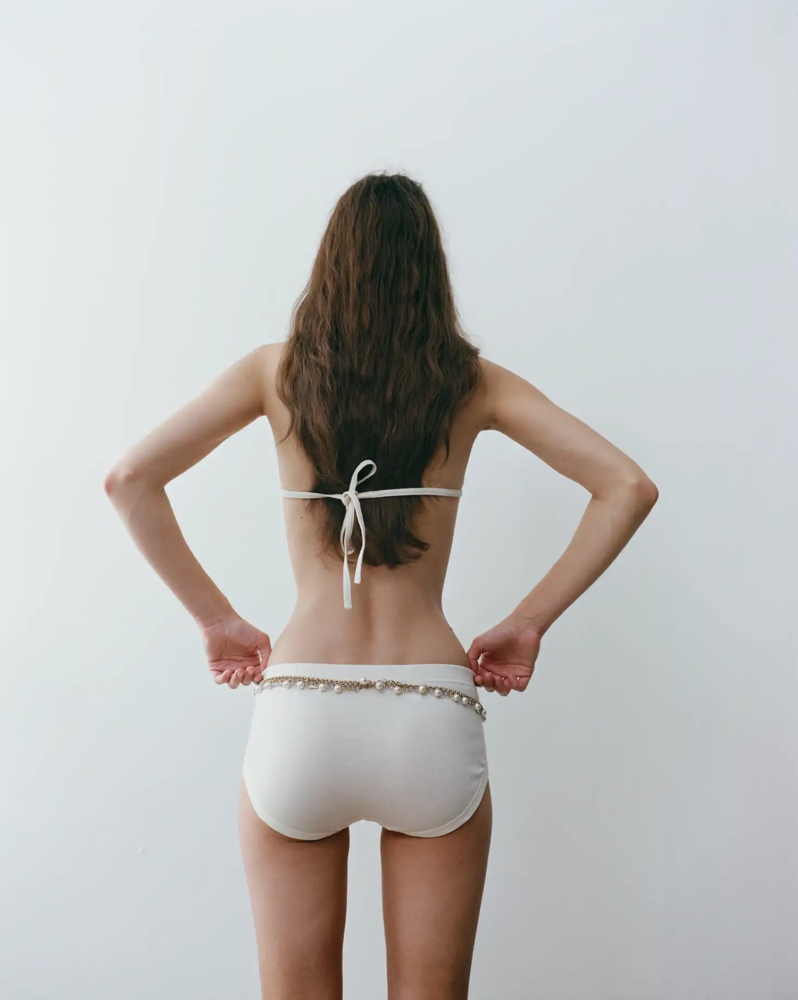
Hedi Slimane left Celine: the Evolution of a Brand Through its Designers
After seven years with Celine, Hedi Slimane left, two days after presenting the collection Un été français. An analysis of a brand that has been a blank canvas for its creative directors’ personalities, from Céline Vipiana to Hedi Slimane
After seven years with Celine, Hedi Slimane left
Slimane wiped the slate clean of what Céline had represented until 2018. This deconstruction began by removing the accent from the name: Céline/Celine. Despite initial skepticism, Slimane’s aesthetic proved to be a winning card, multiplying the brand’s revenue and making Celine one of the most succesful labels within LVMH, with a turnover of 2.6 billion euros. And now? Chanel? Another break? Speculation begins about the next move of the enfant prodige, admired by Karl Lagerfeld and Saint Laurent. His control over the brand’s identity turned Celine into a luxury powerhouse. Will Slimane continue to set his own rules?
Celine, le bottier pour enfants
Before Hedi Slimane dropped the accent from the “e,” shacking up the fashion world and inadvertently sparking a cult movement known as #OldCéline, the brand’s logo went through various incarnations.
It all started at the end of World War II, when Céline Vipiana and her husband Richard opened their store at 52 rue de Malte in Paris. The boutique, named “Celine, le bottier pour enfants”, sold luxury shoes for children, branded with a red elephant created by French cartoonist Raymond Peynet. The Vipianas gained recognition for the quality of their shoes and custom-made soles. In 1966, they established a leather goods factory in Florence to expand into women’s shoes and accessories, and in 1967 they launched a ready-to-wear line with a focus on functionality, which became central to the brand’s DNA. As the founder herself told Interview magazine, Céline fashion was “comfortable and practical. A traveling woman could pack two lightweight items in her suitcase, and those items would remain clean and flawless.”
True to the spirit of the decade, Céline’s ready-to-wear line was designed to suit the lifestyle of an active woman and included sporty-chic pieces such as low-heeled loafers — the Inca and the Byblos. The practical yet elegant collection was a success, and Céline became the first luxury brand to enter the Japanese market, shortly afterward triumphing in the United States.
From Céline Vipiana to Phoebe Philo and Through Michael Kors
Despite success with 87 international boutiques, the brand maintained a low profile until Bernard Arnault, CEO of LVMH, took notice in 1987. Nine years later, Céline was integrated into the luxury group and brought to the forefront with a boutique on Avenue Montaigne in Paris.
In 1997, following the death of Céline Vipiana, Michael Kors took on the role of creative director.
Kors positioned the brand in direct competition with Louis Vuitton and Loewe, which had new creative directors (Marc Jacobs and Narciso Rodriguez, respectively).
Through his vision of sporty luxury, Kors brought Céline’s ready-to-wear back into the spotlight. For fall, he presented cashmere sweaters and fur coats; for spring, pieces inspired by exotic destinations. While his aesthetic emerged, Kors maintained a simple design philosophy for sophisticated women, reinterpreting elements like the Blazon Chaine emblem, created by Vipiana in 1973.
Kors doubled the brand’s revenue with the Poulbot and Boogie handbags, but he felt neglected and left in 2004, keeping Céline as a high-end French brand.
[envira-gallery id=”69344″]IMAGE-GALLERY[/envira-gallery]
Lampoon Reviews Céline’s Legacy
In the four years that followed, the brand struggled with a lack of creative vision. Kors’ fame faded, with designers changing frequently: Roberto Menichetti lasted only a year, Ivana Omazic two.
When Phoebe Philo took over, she proved to be the right person and brought Céline back to the center of fashion.
Her debut collection for spring 2010 was critically acclaimed and embraced by consumers, creating a fanbase known as the “Philophiles.” Philo, hailed as “a designer who knows what women want,” redefined women’s fashion in the 2010s with oversized clothes and utilitarian layers, emphasizing comfort and elegance.
Her ethic subverted the commodification of women’s bodies; her first advertising campaign didn’t show models’ heads, keeping the focus on the clothes. For the spring 2015 campaign, she chose 79-year-old Joan Didion as the face. Philo’s style, though aligned with Vipiana’s vision, was more coincidence than intention. As she said: “Céline didn’t have a recognizable silhouette, and I never looked at the archives. I just wanted it to be strong and different.”
Philo affirmed, “It will be whatever I make it for the time I’m there.” A decade later, Hedi Slimane adopted the same approach, but with a different response. Philo’s departure in 2018 sent Philophiles into a frenzy, scrambling to stock up on their favorites, leaving Slimane with a daunting task.
Hedi Slimane at Celine
His debut collection for spring 2019 made a clear statement: he wiped the brand’s social media accounts, introduced a men’s line for the first time in the brand’s history, and sent models with slender frames down the runway in his iconic shiny tailoring and sparkling babydoll dresses, adorned with hardware and leather. Yet, his sophomore collection felt like a 180-degree shift; for fall 2019, Slimane unveiled the new Celine woman — or perhaps not so new, considering she seemed to be drawn straight from the brand’s 1970s archives, a bourgeois Parisian from the Rive Gauche. The next season’s men’s and women’s collections, released after the pandemic began, pivoted again, this time toward Generation Z. As he told *Le Figaro*, “We don’t enter a fashion house to imitate our predecessor, much less to appropriate the essence of their work, their codes, and their language. The goal isn’t even to go in the opposite direction of their work. That would be a misinterpretation. Respect means preserving the integrity of each individual, recognizing what belongs to someone else with honesty and discernment. It also means starting a new chapter. We come with our stories, our culture, a personal semantics different from that of the houses where we create.”
Slimane’s narrative continued through his work at Celine, with elongated silhouettes, black and white, and an obsession with adolescence defining traits, echoing his work at Dior Homme and Saint Laurent.
The disruption of the traditional fashion calendar and the anarchic approach to fashion shows became evident. After lockdown, Slimane replaced in-person shows with short films, where he not only led the creative direction but also the photography.
Additionally, the introduction of a men’s line and the foray into the perfume market were marked by Slimane’s aesthetic coherence and unwavering vision. These decisions proved successful and decisive in Celine’s growth and its image as a quiet luxury brand, all based on Slimane’s omnipresent signature.
The evident parallels between the 1960s Chanel aesthetic in Celine’s final collection “Un été français,” presented by Slimane in Paris, have sparked speculation about the designer’s future. Have we witnessed his sunset at Céline and the potential dawn of Hedi Slimane for Chanel? After all, Karl Lagerfeld himself saw Slimane as a worthy successor. Or are we seeing an act of complete creative freedom from the designer, showcasing his ability to reinterpret a maison’s codes while staying true to his own vision? Slimane’s future remains an enigma.
Michael Rider: who’s the New Creative Director of Celine
On October 2, 2024, LVMH announced through its channels the appointment of Michael Rider, former creative director of Polo Ralph Lauren, as Celine’s new creative director. A new chapter in Celine’s story is beginning.
Rider is a seasoned designer with deep connections to Celine, having worked as the design director under Phoebe Philo from 2008 to 2018. During his time with Philo, he played a pivotal role in defining the brand’s minimalist and tailored aesthetic.
Most recently, Rider served as the creative director for Polo Ralph Lauren’s womenswear from 2018 to 2024, where he contributed to several significant projects, including Ralph Lauren’s first-ever West Coast show in 2022. Before his tenure at Ralph Lauren, he worked at Balenciaga with Nicolas Ghesquière, gaining experience in high fashion early in his career.







